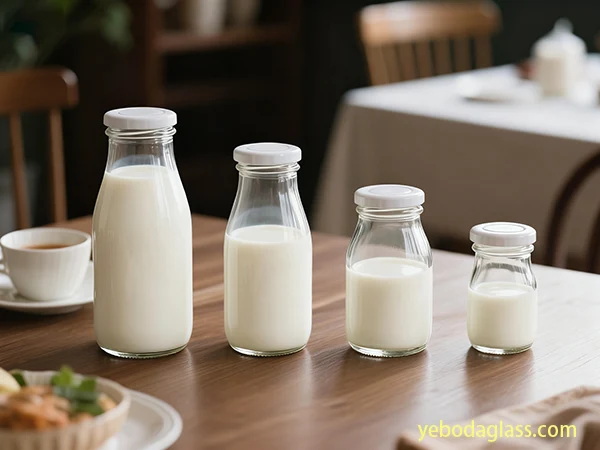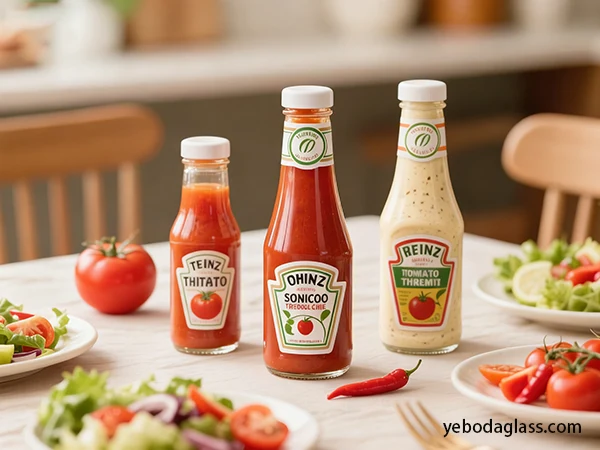Introduction
Have you ever encountered this frustration when packing lunch boxes for your children? The apple slices you just cut in the morning are still juicy, but when you open the lunch box at noon, the flesh has turned dark brown, killing the appetite. Not only does the appearance suffer, but the taste and nutrition also take a hit. How to stop cut apple going brown in lunch box?
In fact, there are clear reasons behind apple discoloration. Today, I’ll teach you simple ways to keep apple slices fresh in the lunch box—practical solutions to tackle how to stop cut apple going brown in lunch box and help your kids eat happily and healthily. Let’s dive in!
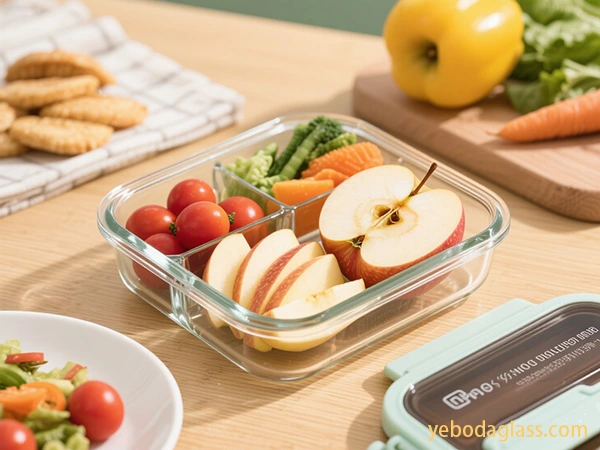
Why do the apple slices in the lunch box always turn brown? In fact, this is not spoilage, but a unique “chemical reaction” of apples.
Apple cells are like small rooms. Polyphenol oxidase and phenolic compounds originally live in different rooms and do not interfere with each other. But when the apple is cut open, the “rooms” are broken, they meet, and with the participation of oxygen, polyphenol oxidase will turn phenolic compounds into quinone substances, and finally polymerize into melanin, and the apple will turn brown.
Moreover, different apple varieties have different browning speeds. For example, Pink Lady has high acidity and is not easy to change color; Red Delicious is the opposite.Scientists have now used genetic technology to breed “Arctic apples” that won’t turn brown. But be careful, even if ordinary apples are refrigerated, they may still change color slowly, and sometimes the area around the core changes faster than the skin.
Let the troublesome enzyme "strike"
The key “behind the scenes” of apple browning is an enzyme called PPO. We can start from the environment to make it inactive.
Acidic solution to help
PO enzyme will “strike” when it encounters an acidic environment with a pH value below 4. Lemon juice and white vinegar are ready-made helpers:
- Lemon juice has a pH value of 2.0-2.5 and contains vitamin C. It can prevent browning by soaking for 30 seconds and has a refreshing sour taste.
- White vinegar has a pH value of 2.4-3.0 and is also effective for soaking apple slices after dilution.
- When there is no lemon juice, ascorbic acid powder and honey water (1 cup + 1 spoon of honey) can also come in handy, which can not only keep fresh but also add flavor~
The unexpected surprise of salt water
You may not think that salt water is also a good way to prevent browning! Add half a teaspoon of salt to a cup of cold water, soak the apple slices in it for about 10 minutes, and then rinse them. Salt water can interfere with the oxidation process, inhibit the activity of PPO enzymes, and the salty taste is basically not tasted after rinsing. Studies have found that apple slices treated with salt water can be kept fresh in the refrigerator for five days, which is very suitable for preparing lunch ingredients in advance. However, it should be noted that the concentration of the acidic solution should not be too high, otherwise it will affect the original taste and flavor of the apples.
Oxygen-isolating "small barrier"
In addition to making the enzyme “strike”, you can also add an oxygen-isolating “barrier” to the apple slices. Put the processed apple slices into a sealed lunch box, try to exhaust the air and tighten the lid; or cover the apple slices with a layer of plastic wrap to reduce contact with oxygen and delay browning.
Antioxidant "little guard"
Antioxidants are like “little guards” protecting apples. They can react with oxygen first and consume oxygen. The lemon juice and ascorbic acid mentioned above are natural antioxidants. Using them to treat apple slices is like hiring “bodyguards” for apple slices, so that oxygen has no chance to take advantage.
Master these tips, and you can always have fresh and delicious apple slices when you prepare your lunch box! Whether it is the sweet and sour lemon flavor or the sweet apple slices with honey, they can add a good mood to your lunch~
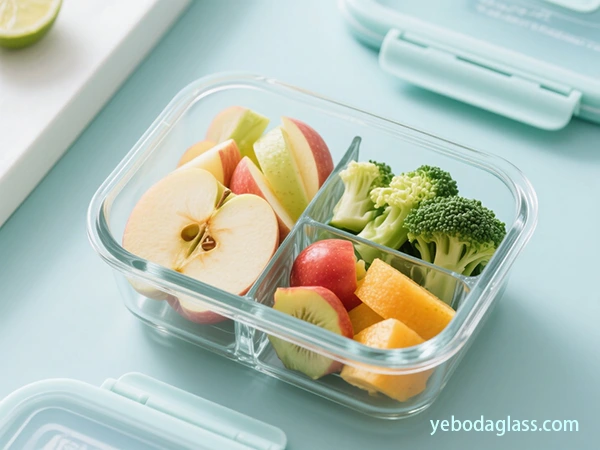
Tips to prevent apple oxidation
Apples turn black after being cut for a while? It’s actually oxygen that’s causing the problem! Try these “physical isolation” methods to reduce the exposure of the cut surface of the apple to air, making it super easy to keep it fresh~
Water immersion method: temporary soaking
The cut apple slices are completely soaked in water to temporarily isolate the air. Although the preservation time is not as long as that of an acidic solution, this trick is very convenient when you are in a hurry to prepare a lunch box!
Sealing method is good
- Vacuum packaging: Use a vacuum machine to extract air, and the preservation time is super long, which is suitable for preparing food in advance.
- Sealed box/plastic wrap: Choose a box with good sealing (such as a special lunch box), or wrap it tightly with plastic wrap to reduce air entry. Glass jam jars can be reused and are environmentally friendly~
- Put the peel up: Put the apple peel up when packing, reduce the exposed area of the cut surface, and slow down the browning.
Tips to prevent oxidation
- Tie it back with a rubber band: After cutting the apple into several pieces, tie it up with a rubber band, the cut surface is “hidden”, and the oxidation rate is greatly reduced!
- Paper towel covering method: Soak apple slices in cold water, cover the water with a paper towel, and let the paper towel absorb water and stick to the surface, like an “oxygen barrier”~
These methods are perfect for short-term preservation (such as a few hours in a lunch box), and the effect is even better with ice packs! No more worrying about apples turning black~
Antioxidant Guardians in Your Lunch Box
Ascorbic acid (vitamin C) is the most commonly used antioxidant expert – it “reduces” the dark substances produced when apples turn brown to a colorless state, but it is “consumed” by oxygen. The key is that it hardly changes the sweetness of apples, and can be used directly by sprinkling powder or soaking in water. For example, soak the cut apple slices in a water solution containing vitamin C for 30 seconds, and put them in the lunch box to last a few more hours~
Strong combination is even more powerful
The effect of vitamin C is doubled when combined with other ingredients! For example:
- Vitamin C+ Citric Acid: a common anti-browning combination, like lemon juice contains both ingredients at the same time.
- Vitamin C+ Green Tea Extract: A study has tried 3% ascorbic acid + 0.1% green tea extract. Fresh-cut apple slices can be kept fresh in lunch boxes for 14 days, 10 days longer than vitamin C alone! Green tea extract is like “extending” vitamin C, making it more durable~
Other reliable antioxidants
In addition to vitamin C, these ingredients can also be “preservatives” for lunch boxes:
- Hexylresorcinol: It can directly “inhibit PPO enzyme” and is also a food-grade safe ingredient.
- Honey: It naturally contains antioxidant peptides. Soaking in honey water (1 cup of water + 1 spoon of honey) can prevent browning and add sweetness. It is very suitable for packing lunch boxes for children~
Reminder for freshness
The effect of antioxidants is related to the environment:
- Acidic environments (such as adding lemon juice) can work better.
- Put an ice pack in the lunch box to cool it down, and the “combat power” of antioxidants will be stronger.
- Pack in sealed boxes to reduce air ingress, which is equivalent to “assisting” antioxidants!
Next time you pack your lunch box, remember to use these tips, and the apple slices will still be white and tender by lunch time~
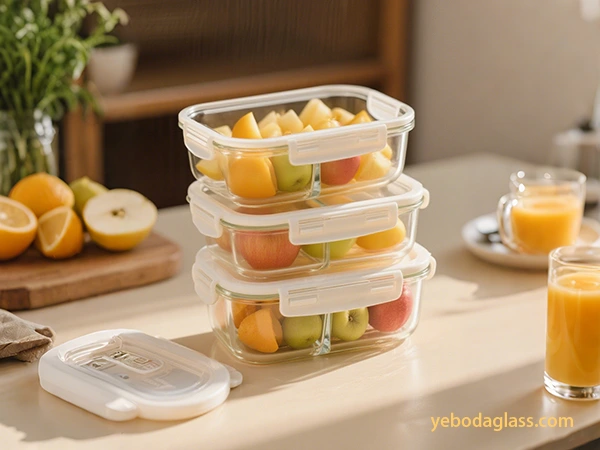
Lunch box black technology
In addition to the lemon soaking and sealing methods commonly used at home, food scientists are tinkering with more powerful anti-browning technology. Maybe the apples in our lunch boxes can be kept fresher for longer in the future!
Calcium element for reinforcement
Calcium salts such as calcium chloride are like “cell wall reinforcement agents” that can work hand in hand with the pectin in apples to make the flesh harder. This not only maintains the crisp taste of apples, but also reduces cell damage, so that the enzymes and oxygen that cause browning “cannot touch each other”. Experiments have found that using calcium chloride and vitamin C together can not only preserve the appearance of apple slices, but also prevent them from becoming soft. There is also an “upgraded” calcium agent called sorbitol chelated calcium, which can keep the hardness and nutrition of fresh-cut apples longer~
Precisely attack browning enzymes
- Scientists are looking for substances that specifically “deal with” PPO enzymes:
- 2-arylbenzofuran extracted from mulberry bark can lock tyrosinase (a type of PPO) like an “inhibitor bullet”.
- Urea and arginine can also make browning enzymes “strike”, providing protection for apple slices.
Gene-edited apples
Remember the “Arctic apple” that doesn’t turn brown? This is the product of genetic magic! Scientists “turn off” the gene responsible for producing browning enzymes in apples, so that apples have “anti-browning properties” after being cut. As research on apple genes becomes more and more in-depth, more “naturally anti-browning” apple varieties may enter our lunch boxes in the future~
Breathing protective clothing
How about putting an “edible coat” on apple slices?
- Use carboxymethyl cellulose, sodium alginate and other ingredients to make a coating, spraying it on apple slices can form a transparent film to block oxygen and moisture.
- Adding citric acid, aloe vera or chitosan to the coating can also inhibit enzyme activity. This “protective coat” can prevent browning without affecting the taste of food~
Future packaging black technology
- Ultrasonic extraction of antioxidants: In the future, ultrasound may be used to quickly “squeeze” anti-browning ingredients from mango peels and ginger and add them to preservatives.
- Smart monitoring packaging: Lunch boxes may come with “health monitors” that display the freshness and temperature of apples in real time through sensors, and “alarm” in advance if browning is detected!
Most of these technologies are still “testing the water” in laboratories or factories, but maybe in a few years, we can use simple black technology at home to keep apples in lunch boxes fresh~ I look forward to the cut apples being as fresh as freshly cut all day long!
A complete guide to keeping apples fresh in lunch boxes
Want to keep the apple slices in your lunch box fresh until lunch? Remember these practical tips, simple and easy to operate~
Key steps from selecting apples to cutting and preparing
- Choose the right variety: give priority to apple varieties that are naturally resistant to browning (if they are available).
- Use a sharp knife: use a sharp knife to cut apples to reduce damage to the pulp cells and slow down the browning.
- Handle immediately after cutting: Don’t linger after cutting the apples, soak them in fresh-keeping water immediately, otherwise the oxidation reaction will not stop!
Choose the soaking preservation method
- Soak in salt water: add half a teaspoon of salt to 1 cup of water, soak for 10 minutes and then rinse. This method is the most reliable. It can keep fresh for 12 hours at room temperature and even 5 days in the refrigerator. The key is that there is no saltiness after rinsing!
- Soak in honey water: add 1 tablespoon of honey to 1 cup of water, soak for 5 minutes and then rinse. The apple slices will have a light sweet taste, which children especially like. The shelf life is also 12 hours.
- Soak in lemon juice: add 1 tablespoon of lemon juice to 1 cup of water, soak for 5 minutes and then rinse. The anti-browning effect is good, but the apple slices will have a distinct sweet and sour taste, which is suitable for people who like sour taste.
- Soak in clean water: Soaking directly in cold water can also delay browning, but the effect is weaker, which is suitable for short-term preservation and emergency.
The golden rule of boxing and storage
- Be sure to seal well: use a lunch box or glass jam jar with a sealing ring, put the processed apple slices in, try to squeeze out the air, and isolate oxygen so that it is not easy to brown.
- Don’t slice too thin: if the apple slices are cut a little thicker, the surface area exposed to the air is small, and the browning speed will also slow down.
- Remember to put an ice pack to cool down: put an ice pack in the lunch box, low temperature can “slow down” the browning reaction, especially in summer.
- Avoid these two pitfalls: Don’t add too much lemon juice, otherwise the apple slices will be too sour to eat; be sure to rinse thoroughly after soaking in salt water, otherwise a salty taste may remain.
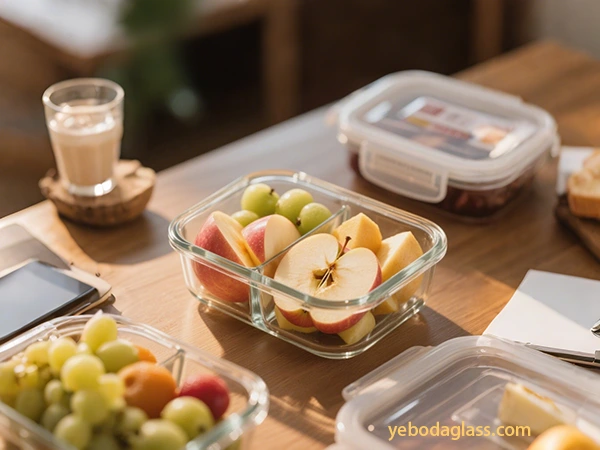
Conclusion
By using the right methods, keeping your cut apples fresh and crisp in a lunch box is simple—and key to solving how to stop cut apple going brown in lunch box. But to get the best results, the container you choose matters just as much as the method. That’s why more people are turning to YEBODA. Our high-quality glass lunch boxes are leak-proof, BPA-free, and designed with airtight seals to lock in freshness—directly addressing how to stop cut apple going brown in lunch box by minimizing oxygen exposure. Keep your food safe, healthy, and visually appealing, whether packing lunch for work, school, or on-the-go snacks. Choose YEBODA for a reliable lunch box that tackles browning at its core, keeping your fruit fresh and meals delicious.?

